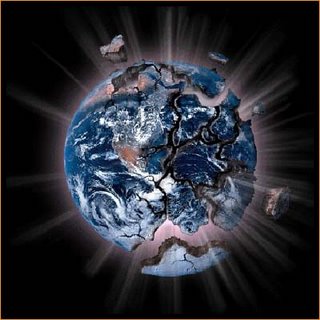World more peaceful this year – except for Middle East & a N America bestrode by Trump
 You may not believe this but it’s true. The eleventh edition of the Global Peace Index (GPI), which ranks 163 independent states and territories or 99.7 per cent of the world’s population, is strangely soothing.
You may not believe this but it’s true. The eleventh edition of the Global Peace Index (GPI), which ranks 163 independent states and territories or 99.7 per cent of the world’s population, is strangely soothing.
In the past year, it says, 93 countries became more peaceful than before. Only 68 countries are less peaceful than last year.
Okay, it’s just an infinitesimal change – a 0.28 per cent improvement in peacefulness – but when it comes to peace, every little helps. And the 0.28 per cent improvement is very significant, being the first time in six years of the Syrian conflict that the world is judged more at peace.
But that doesn’t, unfortunately, make for greater peace in Syria itself or the Middle East in general. For the fifth year running, Syria is ranked the world’s least peaceful country. Afghanistan, Iraq, South Sudan and Yemen follow close behind and that’s not just because of bloody ongoing conflicts. The index looks at a smorgasbord of factors, including arms purchases, homicide rates and political repression.
The Middle East and North Africa region’s poor showing on the peacefulness index is hardly surprising. What is a shock (though it shouldn’t be, five months after Donald Trump took office) is that North America recorded the largest drop in peacefulness of any region in the index over the past year. That’s because of the US and its Trumpian politics, which culminated in Mr Trump’s November 8 election victory.
It’s important, however, to keep the facts in perspective. North America is still the second most peaceful region overall behind Europe. And yet it is more unquiet, its populist politics leaving it more riled up, roiled and generally less calm.
Winners and losers from the index:
The Zen-like state of Iceland, which is in its ninth year as the most peaceful country in the world.
New Zealand, Portugal, Austria, and Denmark have also made it to the top,
The bottom has the usual suspects: Syria, followed by Afghanistan, Iraq, South Sudan, and Yemen.

